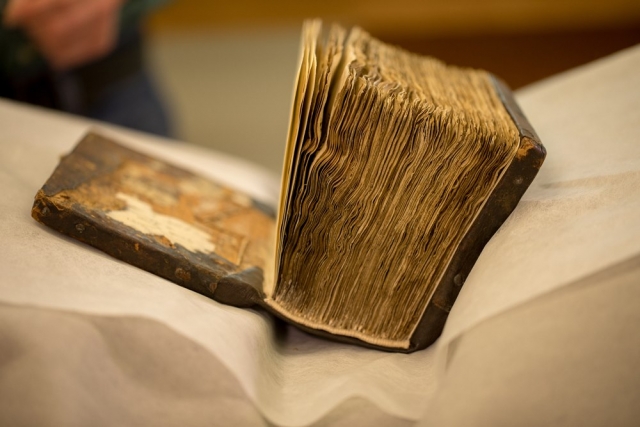New X-ray technique sheds light on Syriac Galen Palimpsest

Researchers uncover important early pharmacological treatise
The Syriac Galen Palimpsest is a fascinating and (until now) frustrating historical manuscript. For several years it has been known to contain traces of a 6th-century translation of a treatise ‘On simple drugs’ by the renowned early physician Galen. However, this original text had been erased and overwritten with psalms in the 11th century, and despite a decade of expert study using a variety of imaging techniques, little progress had been made in deciphering the original work.
Now though, thanks to a new X-ray fluorescence (XRF) scanning technique, researchers have at last been able to start uncovering the erased original text. The work is being carried out by the Stanford Synchrotron Radiation Lightsource (SSRL) at the US Department of Energy’s SLAC National Accelerator Laboratory.
It takes about 10 hours to scan each of the 26 pages of the Palimpsest, and the experiment has so far collected vast amounts of data from the scans. Researchers at SSRL are now processing this data to extract the desired information. The initial imaging results are very encouraging, with the original Galen text clearly visible in green behind the medieval text.
Once the scans are complete, they will be added to an online collection of hi-res photographs of the Syriac Galen Palimpsest as it has been scanned using different imaging techniques over almost a decade.

